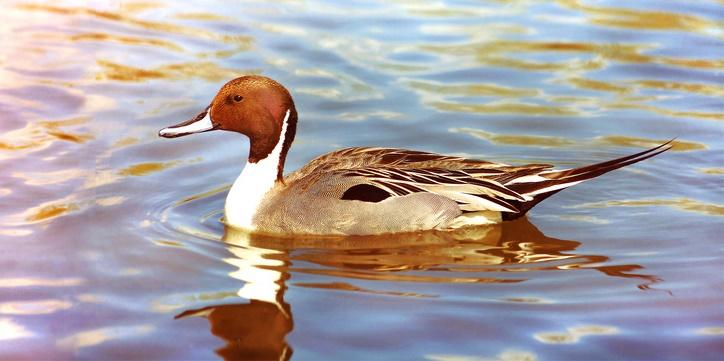
A retrospective analysis reveals that H5 avian flu surfaced in Oregon wastewater weeks before the state's first outbreak in poultry and wild birds and 2 years before the first outbreak in US cattle.
A team led by Oregon State University researchers evaluated 551 influenza A virus–positive wastewater samples from 20 sites from September 2021 to July 2024.
In January 2022, H5N1 clade 2.3.4.4b virus was first identified in wild birds in the United States. In Oregon, the clade was first detected in wild birds and poultry in May 2022.
"Interpretation of avian influenza A(H5) subtype detections in wastewater requires an understanding of human and animal contributors to the sewershed because current testing does not distinguish between human and animal sources," the authors wrote. "Potential animal contributors include wild birds, farms with poultry or dairy cattle outbreaks, and dairy processing facilities."
The results were published in Morbidity and Mortality Weekly Report.
Wild birds the likely culprit
Of the 551 influenza A–positive samples, 21 (3.8%) tested positive for H5 in 12 communities 6 weeks before Oregon's first outbreak in domestic poultry, 7 weeks before the first detection in wild birds, and 2 years before the first outbreak in US dairy cattle (the virus hasn't been found in cattle or milk in Oregon).
Wastewater surveillance, with consideration of all animal contributors and in conjunction with other surveillance metrics, has the potential to strengthen ongoing avian influenza surveillance efforts.
"No association was found between detection of avian influenza A(H5) in a community’s wastewater and history of an HPAI A(H5) outbreak among poultry in the county or presence of dairy processing facilities or dairy farms within the sewershed," the researchers wrote.
Avian flu was found most often in two communities with important wild bird habitats, which the authors said implicates wild birds as a significant contributor to wastewater H5 contamination.
"Oregon is located along the Pacific Flyway, a major north-south route for migratory birds in the Americas that extends from Alaska to Patagonia," the authors wrote. "Wastewater surveillance, with consideration of all animal contributors and in conjunction with other surveillance metrics, has the potential to strengthen ongoing avian influenza surveillance efforts."












